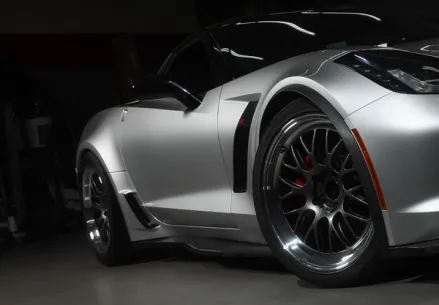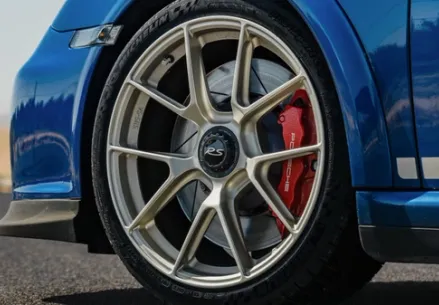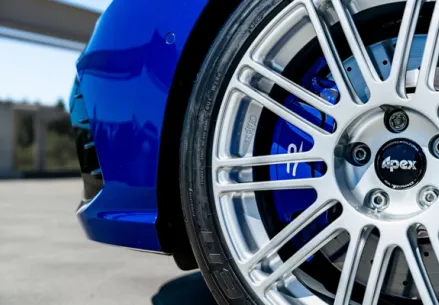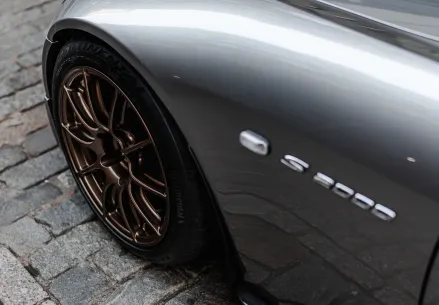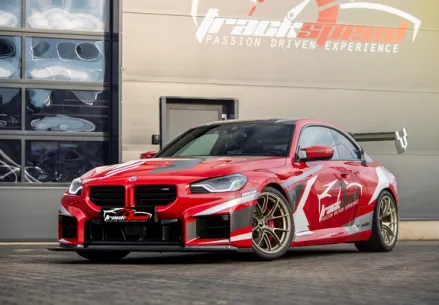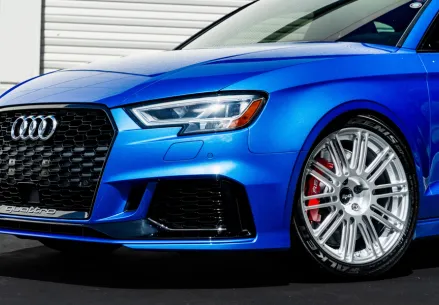
Industry Myth: Lighter wheels are engineered better
Article | 03/19/2024 by Ryan March
Updated on 08/06/2024
Both buyers and manufacturers keep pushing for lighter and lighter wheels. There’s a general assumption among buyers that lighter wheels are better, and buying the lighter of two wheels is the right purchase decision. But that’s flawed thinking without a lot more context. Context that is often hidden from buyers. That choice assumes both wheels were created with everything else being pretty much equal, when in reality there are typically significant compromises being made that you can’t easily see.
The basic concept makes sense. Lighter wheels should reduce unsprung weight, and improve acceleration and deceleration. If there are no trade-offs or short cuts being taken by a manufacturer, then lighter should pretty much always be better.
If you're a company wanting to make a quick buck, what do you do when your new wheel design is uncompetitively heavy? If you’ve reached the limits of your engineering talents, or you’re trying to maintain a certain style and look, then you don’t have a lot of options to shed weight besides making a tradeoff. The most common tradeoff we see is a reduction in stiffness with shallow spokes. You can keep the general design of a wheel but throw stiffness out the window and still reach your desired load rating in FEA. The side benefit is you can use thinner and cheaper blank profiles which cost less.
If you’ve already sacrificed stiffness and your new wheel is still heavy, then fear not, there are other places to shed weight that buyers won’t easily notice. Giving up strength can help shed a lot of weight. Thinning out the inner lip to a basic thin profile will cut a lot of weight. You can easily pull a pound of weight out of a lip. As a result it will be much weaker and more vulnerable to damage, but there’s no good measurement for lip performance so buyers can’t really compare or quantify it. The load rating can be reduced, which directly translates to a reduction in strength. Or more dangerously, a reduction in strength can be made without a reduction in advertised load rating. If the customer doesn’t notice the lower load rating then then buyers will come running.
Because the industry isn’t well regulated and performance isn’t well communicated beyond simple weight measurements, it’s very easy to end up with compromised wheels without knowing. If you compare two wheels and one is a pound lighter, that doesn’t mean superior engineering led to those savings. If you can’t compare these variables, then you can’t be sure where that weight savings came from.
You should be looking for variables beyond just weight that gives you assurances that the wheels you're looking to buy are not the wrong mix of compromises. Apex offers wheel lines that purposefully make trade-offs for the purpose of offering choice as there’s no one perfect wheel for everyone. Our Enduro line of wheels is optimized for much higher load ratings (strength), and stiffness. They are heavier as a result. If you only paid attention to weight, you wouldn’t appreciate the performance they offer. Our Sprint line of wheels are the very same base designs but optimized for being as light as possible at or above industry established load ratings, while maintaining very high stiffness.
Our goal is to be transparent about those differences so you can make the right choice. We list the load ratings of our wheels clearly in the specifications tables and we’re experimenting with ways to clearly communicate other performance variables like stiffness since there are no established standards for us to follow.
 Ryan March
Ryan MarchIf you like cheap gear you will hate this newsletter.
